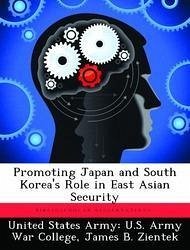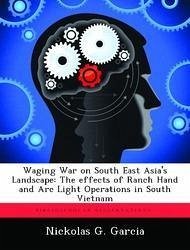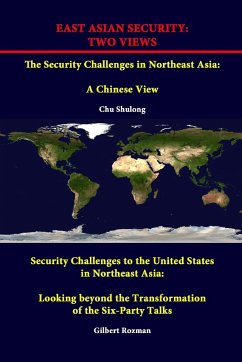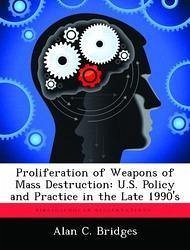
Combing the Underworld
Identification of South East Asian Non-State Actor Proliferation Networks, Nodes, and Chokepoints
Versandkostenfrei!
Versandfertig in über 4 Wochen
15,99 €
inkl. MwSt.

PAYBACK Punkte
8 °P sammeln!
The US military, as with all US government agencies, shares the responsibility for countering proliferation efforts. Although we have identified the types of threat we face, the systems through which it operates are somewhat more difficult to identify. Each region of the world, and indeed, each country have its own peculiarities. This paper asks the question, "How can we be prepared to identify potential proliferation networks and chokepoints in South East Asia?" This paper proposes that a potential solution may be the development of a common template that we can use as a starting point for id...
The US military, as with all US government agencies, shares the responsibility for countering proliferation efforts. Although we have identified the types of threat we face, the systems through which it operates are somewhat more difficult to identify. Each region of the world, and indeed, each country have its own peculiarities. This paper asks the question, "How can we be prepared to identify potential proliferation networks and chokepoints in South East Asia?" This paper proposes that a potential solution may be the development of a common template that we can use as a starting point for identification of networks, chokepoints, and nodes. This template begins by looking at the interactions within a single country and expands to a geographical region, then ties in other regions to encompass the globe. This paper focuses on South East Asia, and will use examples from a single country for the sample template. Why should we use South East Asia for the development of our template? South East Asia has long been a hub for illicit commerce, smuggling, piracy, and corruption. Many of the networks for drug, money, arms, and human trafficking intersect and often overlay one another within this region. Although many analysts believe that a connection between criminal elements and proliferators does not currently exist, this does not negate the necessity for identification of potential networking. The lack of hard evidence or the belief that criminal elements currently do not see the relative value in assisting proliferators or terrorists attempting to gain access to WMD may be an indicator that we have not looked closely enough at their possible linkages. As organizations and individuals attempt to market available WMD, it is likely that they will attempt to operate networks within countries and regions with pre-existing markets and routes for other illicit trade. Rather than create an entirely new system that counter proliferators would easily identify, it would be simpler














